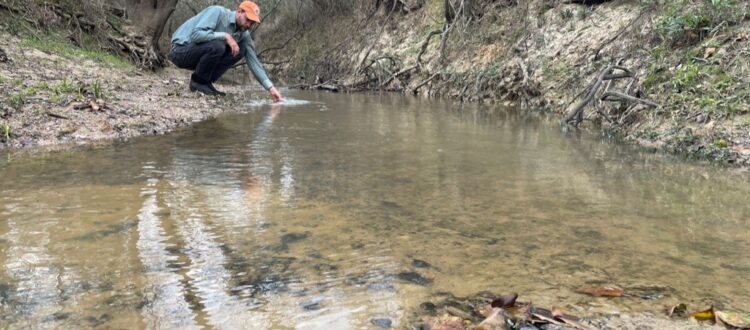Riparian Areas
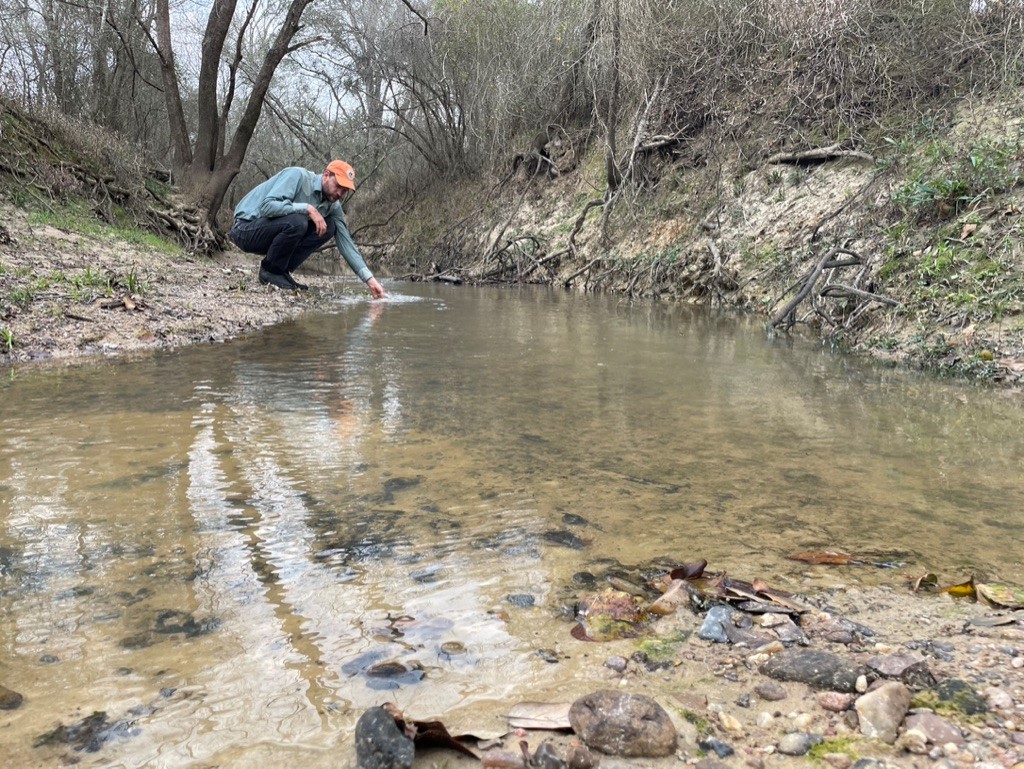
The plant communities lining streams (riparian areas) sequester carbon, filter sediment, and prevent excessive erosion. WHF is providing technical assistance and guidance on both stream and riparian health-related issues at no cost to private landowners through a grant supplied by the National Fish and Wildlife Foundation’s South East Aquatics funding pool to improve upland areas for the benefit of downstream aquatic plant and animal communities.
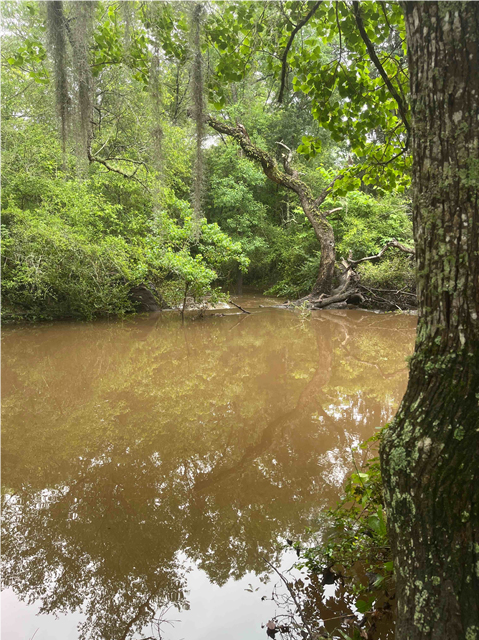
Riparian areas, adjacent to one or both sides of an active stream, perform valuable ecological functions. Wide, gullied streams with cut banks and murky water are telltale signs of accelerated erosion problems.
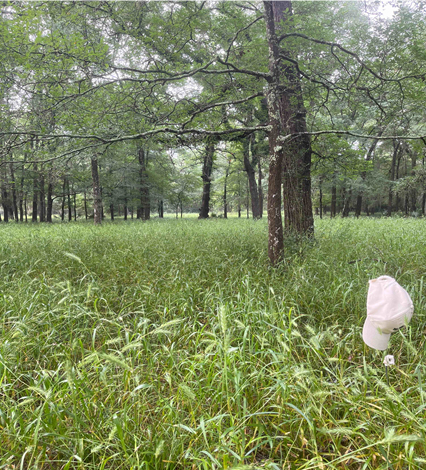
WHF Conservationists work with landowners to overcome degraded riparian habitats for ecological outcomes. These landowners initiated an adaptive high-density grazing system three years ago. The bottomland eco-sites have responded greatly to improved grazing management and have contributed rapidly to improvements in riparian health.
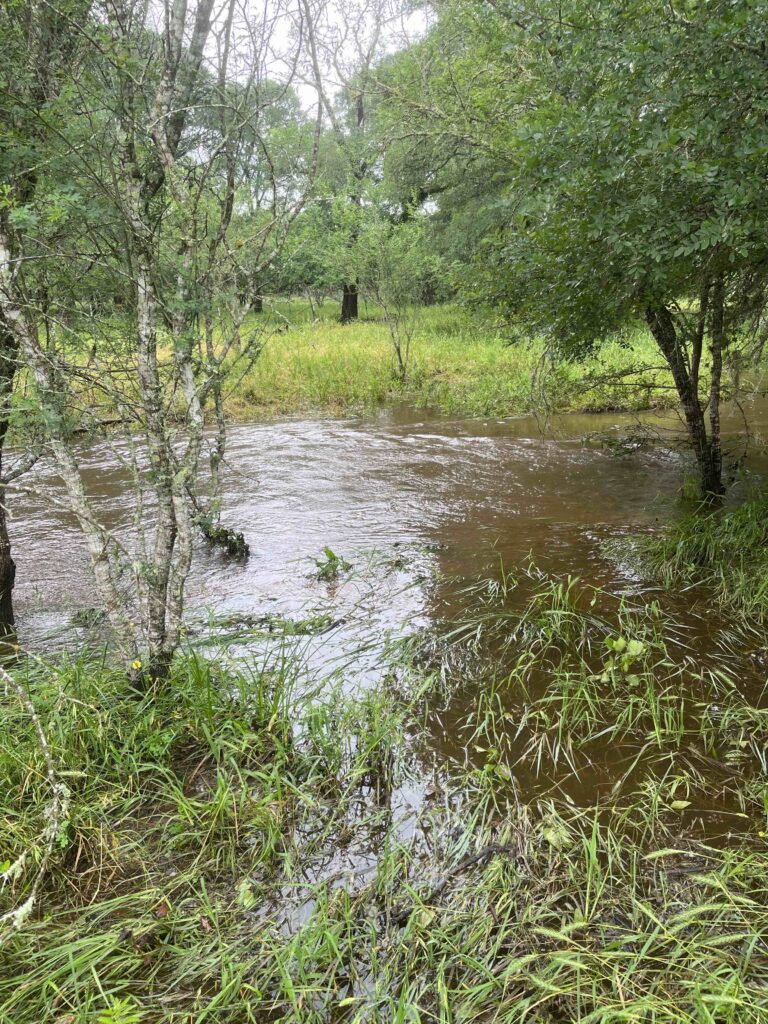
As this creek leaves the property, the channel is only four feet wide and diversely vegetated. The floodplain works to dissipate the energy and sediment carried by the stream during flood stage, connecting it with the surrounding riparian areas.

